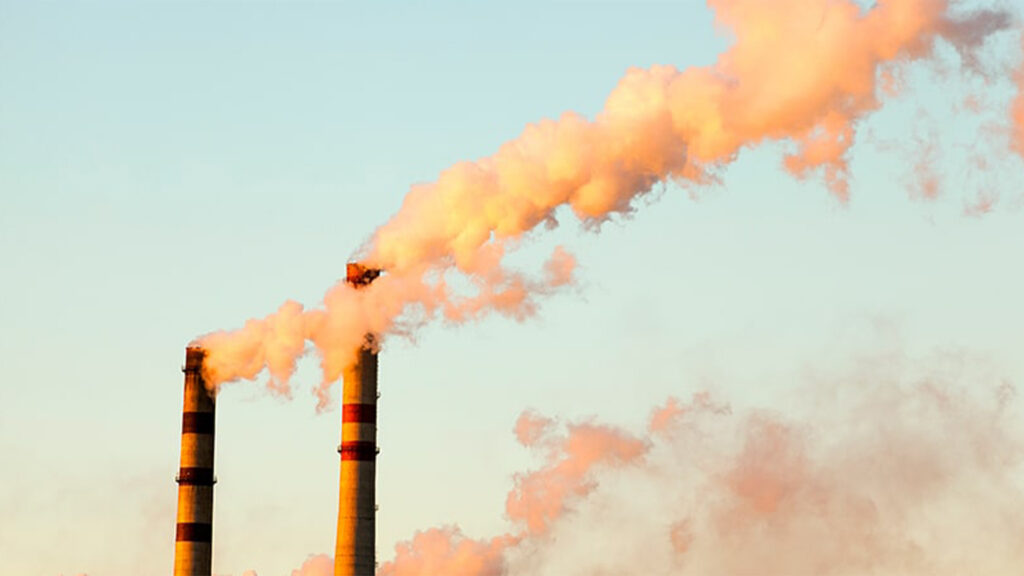Aside from this year’s numerous wildfires that have affected air quality around the world, or when you pass a stinky chemical facility, how often do you actually think about the air you’re breathing?
Clean air is essential for all life on our planet, though due to breathing being an autonomic function of the human body that you don’t even have to think about, it’s often taken for granted.
- Clean air is a fundamental human right, yet over 99% of humans on our planet are breathing contaminated air.
- Air pollution is the greatest environmental risk to human health, yet it’s one of the main avoidable causes of death and disease globally.
The International Day of Clean Air for Blue Skies is observed every year on September 7th to recognize this dissonance and address how we can help keep our air clean. With it being a human right, that also means that we all have a responsibility to do our part to avoid actively contributing to air pollution and do our best to keep it clean for our fellow humans.
Let’s discuss some ways we all can participate in the International Day of Clean Air and breathe easier.
Why Clean Air is So Important
Our ecosystems, immune systems, and the general well-being of our planet depend on clean air to thrive.
But it’s not just about the absence of pollutants, it’s about the presence and quality of vital gases like oxygen.
The quality of the air we breathe directly impacts our respiratory systems, cardiovascular health, and can even affect cognitive function. Poor air quality is linked to a host of health issues, including respiratory diseases, heart problems, and even premature death. It’s estimated air pollution causes approximately 6.7 million premature deaths annually.
Airborne pollutants can also harm plants, animals, and aquatic life, disrupting food chains and biodiversity for the entire planet.
The Path to Cleaner Air
The International Day of Clean Air serves as a reminder and platform to raise awareness about air quality and ideally, to inspire collective action. 2023 is the fourth year of the INTL Day of Clean Air and its theme is Together for Clean Air, meant to highlight “the urgent need for stronger partnerships, increased investment, and shared responsibility for overcoming air pollution.”
Air pollution impacts all stakeholders—not just the average human, but high-level organizations like the UN and other international groups, national governments and the private sector. By working together, these groups can mutually benefit by addressing the challenges of air pollution and promoting sustainable practices.
Here are some ways that all stakeholders can contribute:
- Reducing Emissions: Reducing our carbon footprint, using cleaner sources of energy, adopting sustainable transportation options.
- Promoting Green Spaces: Supporting initiatives that encourage the development of forests and urban green spaces to act as natural air filters.
- Advocacy and Policy: Supporting and advocating for stricter air quality regulations and policies on sustainable business operations.
- Individual Choices: Using public transport, reducing plastic waste and conserving energy.
- Education and Awareness: Spreading knowledge about sources and the effects of air pollution to empower communities, or even just a few more people.
Each of these actions can be taken by individuals or larger organizations, and they all add up. Although keeping our air clean is a responsibility, that doesn’t mean it’s all on you.
Looking Forward
Keeping the air clean is a persistent battle, but thanks to groups like EPA and events like the INTL Day of Clean Air, the fight’s been going on for decades. So, let’s give them a hand in applause and assistance.
On this International Day of Clean Air, let’s think of the small changes we can make to reduce our pollution contribution; read up on some resources to share with our circles of fellow humans and spread awareness; sign an online petition for cleaner air; but most importantly, remember that every action counts.
What Can VelocityEHS Do?
If your organization is looking to take action and join in the fight for cleaner air, the Air Emissions capability within the VelocityEHS Environmental Compliance Solution can help. Air Emissions gives you a centralized, cloud-based system for recording and analyzing air emissions data from all sources across your entire enterprise. Perform complex emissions calculations in real-time to get the most accurate, up-to-date monitoring capabilities available. The Environmental Compliance Solution offers a fast and easy way to simplify compliance with a wide variety of local, federal, and international air quality standards.
